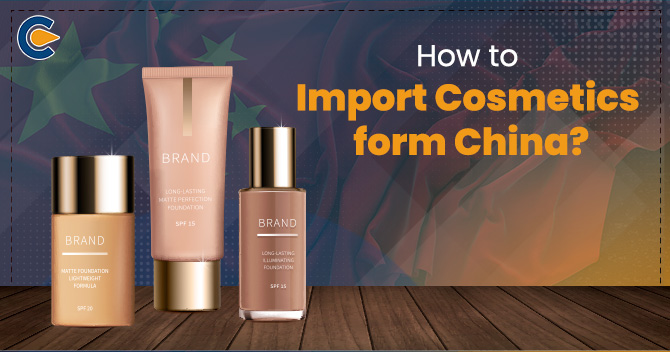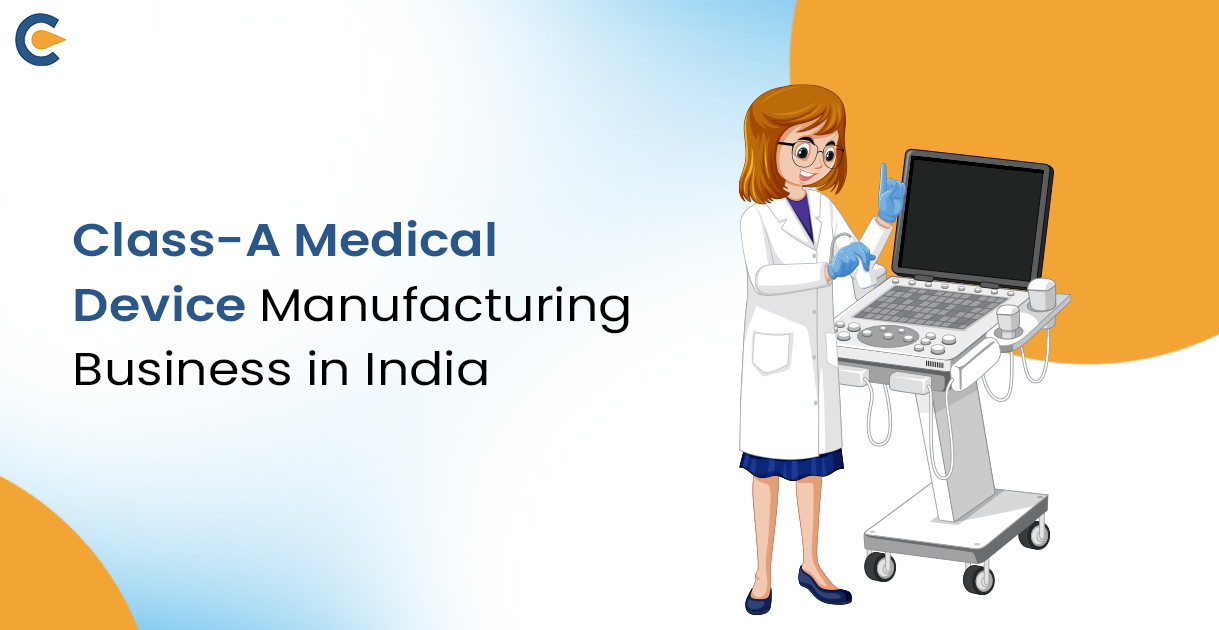Medical equipment has traditionally been largely unregulated in India. That has transformed recently. Medical Devices Rules 2017 have become effective as of January 1st, 2018, according to Ministry of Health and Family Welfare Notification No. G.S.R, 78(E) dated January 31, 2017. There has been different regulations for notified and non-notified medical devices. In this write-up, we will discuss the difference between notified and non-notified medical devices.
What is CDSCO?
In accordance with the regulations of the Drugs & Cosmetics Act 1940[1] and Rules 1945, the Central Drugs Standard Control Organization, or CDSCO, is the regulatory body for the Indian medical device industry. Every country around the globe has a specific regulatory body under the ministry of health to handle all facets of pharmaceuticals and both notified and non-notified medical devices.
The Central Drug Standard Control Organization (CDSCO) of India is responsible for issuing licences for importation, manufacturing for sale or for distribution and sale, stocking, exhibiting, or offering for sale. All import device licencing as well as Class C and Class D medical device manufacturing, loan, and wholesale licences are handled by CLA. Manufacturing, loan, and wholesale licences for Class A and Class B medical devices are handled by SLA. For Class A and Class B medical device manufacturers, SLA designates a Notified Body to verify the requirements of the QMS (Quality Management System) and Technical Review. For the inspection of the manufacturing facility for Class C and Class D medical devices as well as for Technical Review, CLA may use the services of a Notified Body.
By submitting the application and obtaining the required licence, which leads to a limited conformity assessment process, regulated medical devices transported from outside of India that have previously received approval in the U.S., Canada, Japan, or Australia may be legally sold in India. In such circumstances, device registration applicants should include with their application, all supporting documentation for prior approvals. A wholesale license-holding importer who is in charge of submitting a device registration application must be designated by foreign manufacturers as well.
Notified and Non-Notified Medical Device- Differences
Non-Notified Devices: In India, there is no regulation of any devices that are not on the list of Notified Devices. These devices must be listed in the CDSCO portal. Foreign companies that want to sell these devices in India must have an IAA (Indian Authorised Agent).
Notified Devices: The Notified list contains 37 categories of devices that are regulated by the CDSCO and need prior approval from the CDSCO before being marketed in India. With each type of application form submitted to the CDSCO, a different set of supporting documents is needed.
The selection of applications varies according to the device type, applicant characteristics, operations, and home country approval. The CDSCO grants licences for device testing, import, or manufacturing after carefully evaluating each application.
In accordance with the Medical Device (Amendment) Rules – February 2020, which came into effect in April 2020, all non-notified medical devices may voluntarily be registered with the Central Licensing Authority (CLA) through the medical device online system.
India’s Medical Device Regulations for Notified and Non-Notified Medical Device
Global medical device manufacturers have an excellent opportunity in India, where a large number of notified and non-notified medical devices are imported. The current low per-person expenditure on medical devices is expected to drive significant growth in the Indian medical device industry.
The Notified Devices are the devices that are regulated under the Medical Devices Rules (MDR), 2017 by the CDSCO – the Health Agency in India that oversees the regulation of notified and non-notified medical devices. In February 2020, the CDSCO issued two notifications, including the Medical Devices (Amendment) Rules, 2020, which went into effect on April 1, 2020. Medical devices were also given a new definition as part of the other notification. As a result of the change and the new definition, the CDSCO is now in charge of overseeing all devices. Only 37 classes of medical devices and IVDs were governed in India prior to these notifications. “Newly Notified Devices” are the new devices that have been brought under the jurisdiction of the CDSCO.
What is the Classification of the Notified Devices?
The “Newly Notified Devices” are divided into 24 medical device categories and 3 IVD categories. According to the risk associated with each device, both Notified and Newly Notified devices are categorised into 4 Classes: A, B, C & D. There are low-risk Class A devices and high-risk Class D devices.
Documents Required for the List of Newly Notified Devices
For the listing, manufacturers must send in basic information, such as the device of the manufacturer and where it is made, information about the device, an ISO 13485:2016 certificate, a Free Sales Certificate (FSC) or a Certificate of Free Sales (CFS) (granted by the Country of Origin (COO) for imported devices), and an undertaking by the applicant.
Initiating Licensing Activities: When Should They Be Started?
Importers of all device classes should initiate their licencing activities at least one year prior to the legislative deadlines imposed by the Agency, in case of newly notified devices or the expected launch date of a device on the Indian market, or in the case of Notified devices. The Indian manufacturers of Class A devices should begin working on the application within three to four months, Class B device manufacturers within six months, and Class C and D device manufacturers within five to seven months prior to the legislative deadlines imposed by the Agency in the case of newly notified devices or the target date for the launch of the device on the Indian market or in the case of notified devices.
Conclusion
India is regarded as one of the top global Medical Device markets, with device imports accounting for the majority of its revenue. The Central Drug Standard Control Organization or CDSCO regulates both notified and non-notified medical devices sold in India. The CDSCO is led by the Drug Controller General of India (DCGI), and the approval authority is split between the Centre Licensing Authority (CLA) and the State Licensing Authority (SLA) (SLA). Every day, the Indian Medical Device Regulations become more stringent. The CDSCO currently notifies and regulates 37 categories of medical devices in India. It is anticipated that the regulatory scope of the CDSCO regulation will expand in the coming years to include more notified and non-notified medical device categories.
Read our Article:A Step by Step guide for Registration Process for Medical Devices in India













